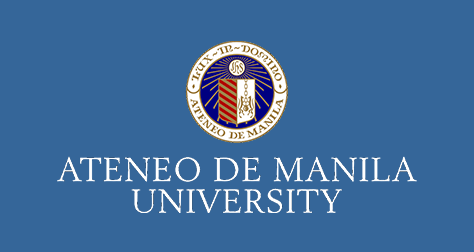Abstract
Upland degradation has been a growing concern in the Philippines in the wake of extensive logging and clearing in the 1970s–1980s. As forests vital to the water supplies of burgeoning communities were depleted, the chances of these areas regenerating were set back by the encroachment of intensive agriculture that extended into the uplands. Genetically modified (GM) corn heavily marketed from the early 2000s onward now dominates the marginal uplands of Northern and Central Mindanao through burning in the dry season, adjacent to remaining forest stands and grasslands. Together with the abuse of the soil in pursuit of economic growth, a parallel exploitation of smallholder corn farmers has fueled this degradation, one that has increasingly pushed upland communities into poverty and debt through the unscrupulous financing of private individuals. This paper thus seeks to bring to the fore, among national and local stakeholders, the gravity and urgency of the socioeconomic, social justice, and land use change crises looming in the uplands of this part of Mindanao. An emphasis on alternative and appropriate forms of livelihood for upland communities is being developed to address land degradation in the form of capacity building in forest and water management, eco-agriculture, and bamboo production, processing, and building, to name a few. Most important, however, is the security of indigenous communities’ land rights, better government agroforestry services, and greater transparency in water access, use, and related services. All of these integrated efforts, coupled with a holistic leadership formation targeted at the youth, aim to broaden perspectives that emphasize integral ecology and community.
Recommended Citation
Ignacio, J. Andres F.
(2019)
"From the Uplands of Mindanao: Healing a Fragmented Land and Its People Through an Integral Ecological Approach,"
Journal of Management for Global Sustainability: Vol. 7:
Iss.
2, Article 3.
DOI: https://doi.org/10.13185/2244-6893.1100
Available at:
https://archium.ateneo.edu/jmgs/vol7/iss2/3

